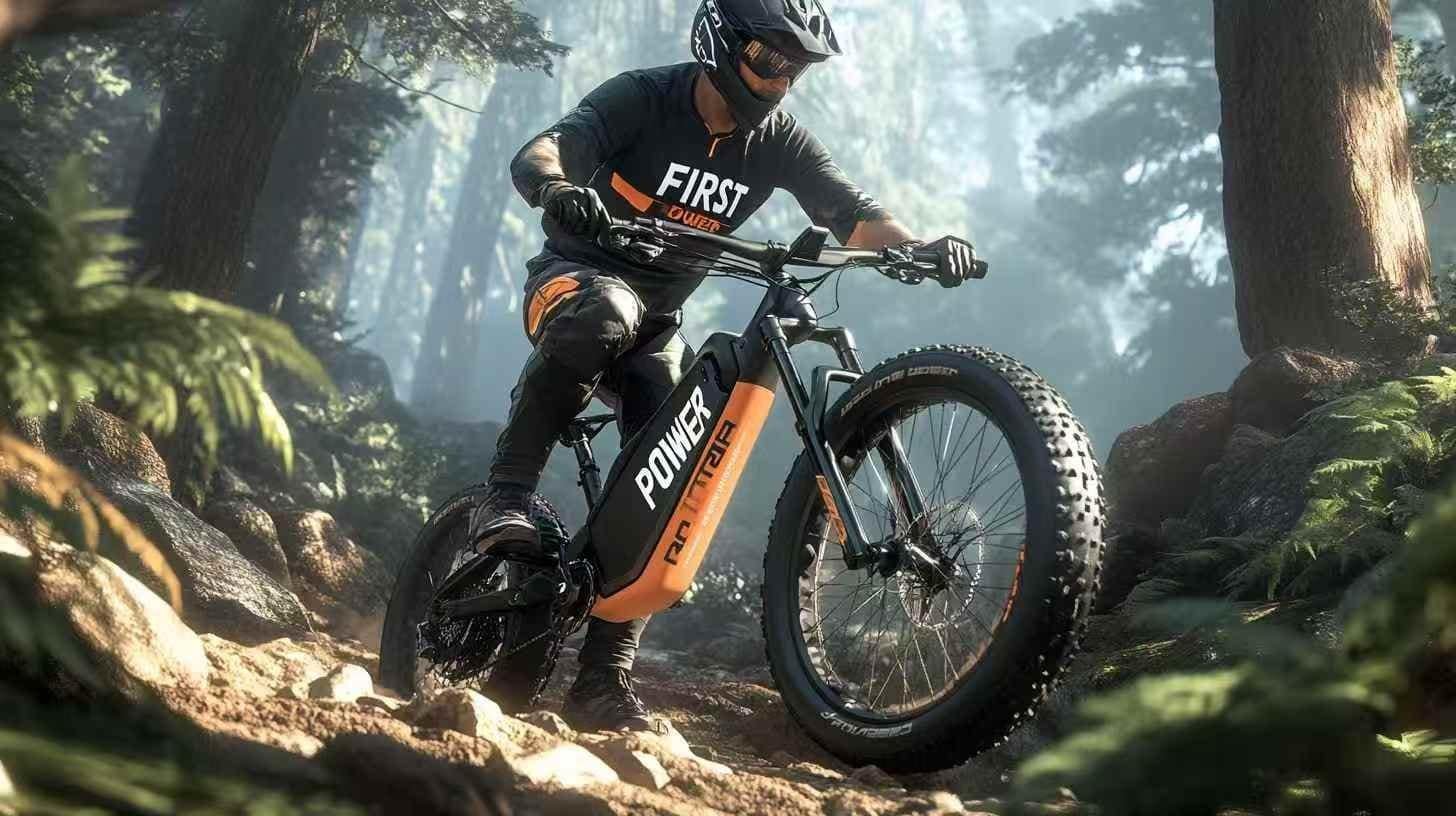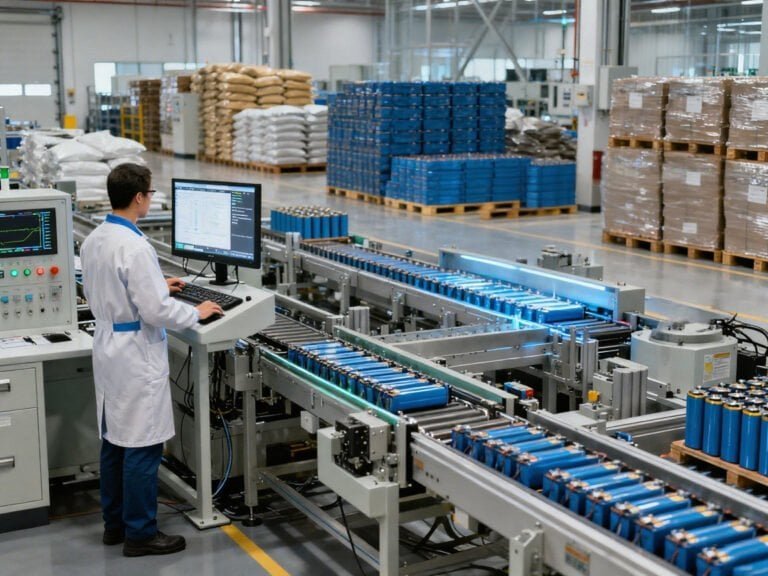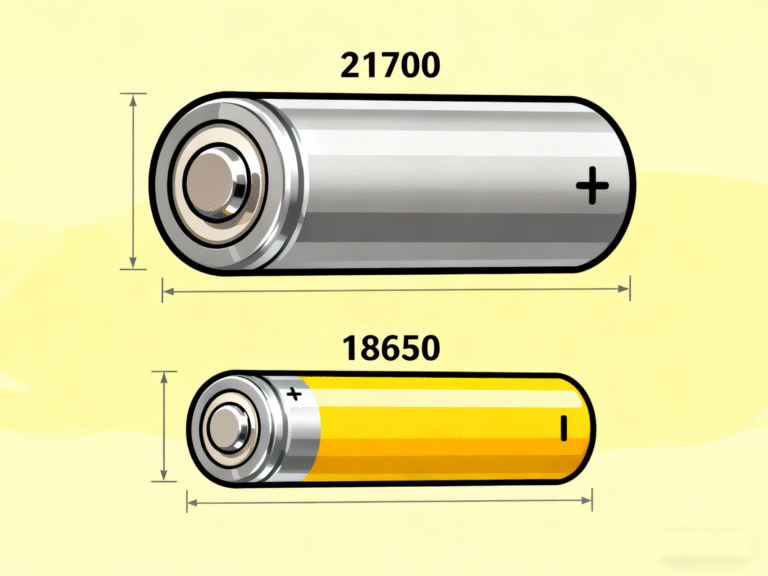Avec la sensibilisation croissante à l'environnement et l'augmentation de la pression du trafic urbain, les bicyclettes électriques (EBikes) deviennent le moyen de transport de prédilection d'un nombre croissant de personnes. En tant qu'élément central des vélos électriques, la performance des batteries des vélos électriques détermine directement l'expérience de conduite. Cet article présente en détail les avantages, les caractéristiques techniques et les méthodes d'entretien des batteries au lithium des vélos électriques, afin de vous aider à mieux profiter des déplacements écologiques.
1. Pourquoi les batteries au lithium sont-elles largement utilisées dans les vélos électriques ?
Par rapport aux batteries plomb-acide traditionnelles, les batteries au lithium occupent une position dominante dans le secteur des vélos électriques, principalement en raison des avantages suivants :
Densité énergétique élevée : Les batteries au lithium sont compactes, légères et pourtant capables de fournir une plus grande autonomie, ce qui les rend idéales pour les vélos électriques légers modernes.
Durée de vie plus longue : Les piles au lithium de haute qualité peuvent supporter 800 à 1 000 cycles de charge-décharge, soit 2 à 3 fois plus longtemps que les piles au plomb.
Chargement rapide : Les batteries au lithium sont compatibles avec la technologie de charge rapide et atteignent généralement leur pleine charge en 3 à 5 heures, alors que les batteries au plomb-acide peuvent nécessiter plus de 8 heures.
Respect de l'environnement et absence de pollution : Les piles au lithium ne contiennent pas de métaux lourds tels que le plomb ou le cadmium, ce qui est conforme aux principes des voyages écologiques.

2. Technologies clés des piles au lithium d'EBike
Actuellement, les batteries au lithium EBike disponibles sur le marché sont principalement divisées en deux types : le lithium ternaire (NMC) et le phosphate de fer lithié (LiFePO4), chacun ayant ses propres caractéristiques :
Piles ternaires au lithium : Densité énergétique élevée et excellentes performances à basse température, adaptées aux modèles privilégiant l'autonomie et la légèreté.
Batteries au lithium-fer-phosphate : Plus grande sécurité et durée de vie plus longue, mais densité énergétique légèrement inférieure, couramment utilisée dans les vélos électriques haut de gamme ou commerciaux.
En outre, le système intelligent de gestion de la batterie (BMS) est l'une des technologies de base des batteries au lithium. Il permet de surveiller en temps réel l'état de la batterie et de fournir de multiples protections telles que la surcharge, la surdécharge et la protection contre les courts-circuits, afin de garantir la sécurité et la stabilité.
3. Comment prolonger la durée de vie des piles au lithium EBike ?
Des habitudes d'utilisation et d'entretien adéquates peuvent prolonger considérablement la durée de vie des piles au lithium :
Évitez les décharges excessives : Chargez la batterie lorsque la capacité restante est comprise entre 20% et 30%, afin d'éviter un épuisement complet.
Chargez à des températures appropriées : La température de charge optimale pour les piles au lithium se situe entre 10°C et 30°C. Évitez de les charger à des températures élevées ou dans des environnements extrêmement froids.
Utilisation régulière : Lorsque la batterie reste inutilisée pendant une période prolongée, il est recommandé de maintenir le niveau de charge autour de 50% et d'effectuer un cycle de charge-décharge tous les 1 à 2 mois.
Utilisez le chargeur d'origine : Les chargeurs de mauvaise qualité peuvent endommager la batterie et même présenter des risques pour la sécurité.
Les progrès de la technologie des batteries lithium-ion pour les vélos électriques font évoluer la mobilité urbaine vers des solutions plus écologiques et plus pratiques. Le choix d'un vélo électrique à batterie lithium-ion de haute qualité améliore non seulement l'expérience de conduite, mais contribue également à réduire l'empreinte carbone. Si vous envisagez d'acheter ou de moderniser un vélo électrique, prêtez une attention particulière aux performances de la batterie afin que chaque trajet soit plus efficace et sans souci.
First Power (Yi zhan battery) s'engage à promouvoir des solutions de transport écologiques, en fournissant les dernières nouvelles de l'industrie des vélos électriques, des commentaires sur les produits et des conseils d'utilisation. Suivez-nous pour obtenir plus d'informations sur le transport durable !







